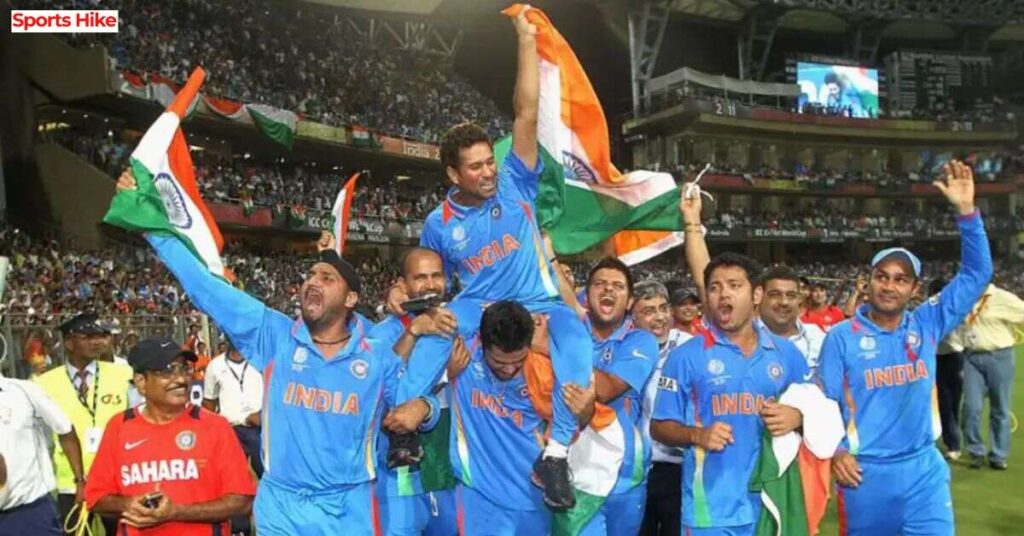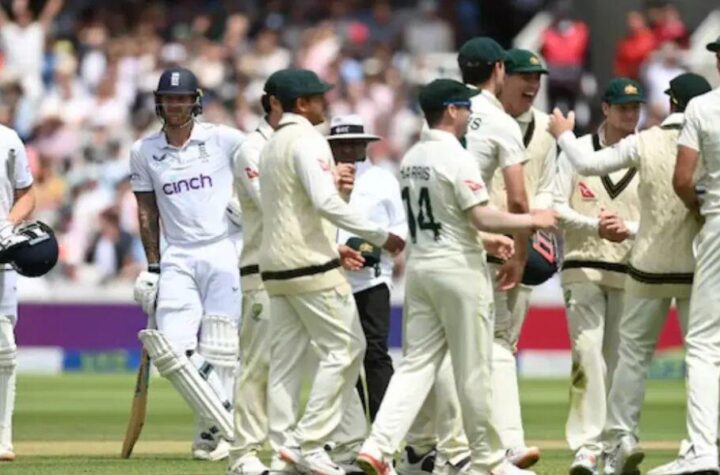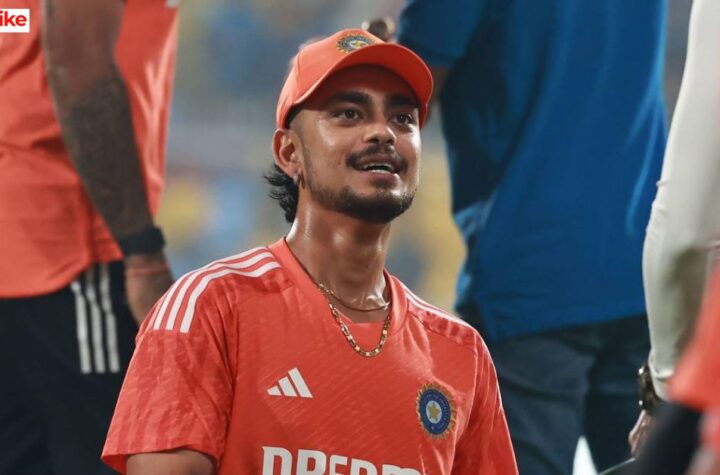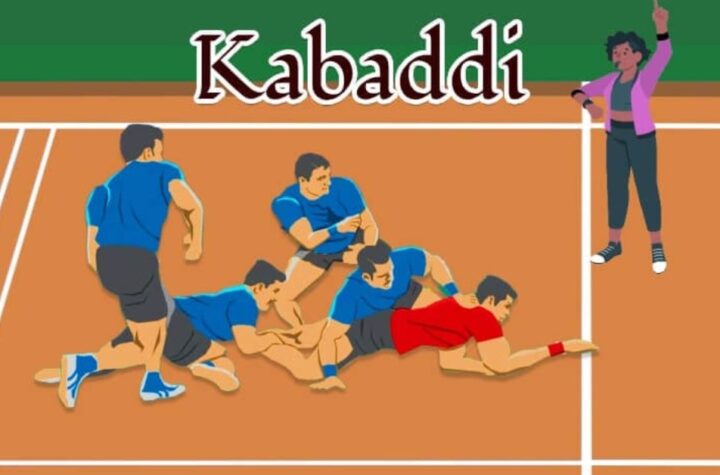
The greatest cricket World cups offer a thrilling blend of excitement, skill, and passion for the game that inspires fans as well as newcomers to pick up cricket as a hobby.
Format changes have seen participation range from 16 teams – as was seen in 2007 – to only featuring top performers.
The West Indies 1975 and 1979
West Indies won both of the initial World Cups held in 1975 and 1979, the latter of which was an incredible tournament dominated by Clive Lloyd and his golden generation of West Indian cricketers, featuring giant-killing games such as Netherlands beating South Africa and Afghanistan upsetting England physically with their zest and physicality Viv Richards produced an excellent century in the final shared by Collis King in 139 runs partnership.
The decisive match at Lord’s was won by the Windies by an overwhelming margin of 92 runs, never looking in danger of losing, even with two wickets taken by Chris Old and one taken by Mike Hendrick reducing them to 99/4. Following this setback, Vivian and King added 139 in just 183 balls – including Richards’ incredible 66-ball 86!
After making an impressive start to their tournament campaign, the Windies easily won their group stage matches and were clear favorites to face England in the semi-final. As expected, England outclassed their counterparts before they ultimately defeated them and advanced to what many consider one of the greatest World Cup finals of all time; and their victory helped promote one-day cricket throughout Caribbean nations.
The 1992 and 1996 tournaments
The fifth World Cup was a tournament of surprises, with Sri Lanka and Pakistan emerging as the two top teams. For the first time ever, day/night matches were introduced for an added dimension to the game and an increase in spectator appeal. Colored clothing also made this World Cup even more visually captivating than before!
However, the tournament was marred by controversy from its outset. Australia and West Indies refused to send teams due to security fears but ultimately relented under pressure from ICC.
Pakistan surprised tournament favourites New Zealand in the first semi-final, led by young Inzamam-ul-Haq who produced an outstanding batting performance of 60 runs off 37 balls – an achievement not equaled until Chris Gayle and Martin Guptill improved upon it in 2015.
Indian bowler Sachin Tendulkar scored an outstanding innings that saw them defeat South Africa to make the final against Pakistan, winning by 183 off 148 balls – his highest one-day international score and still standing as the highest individual score until Martin Guptill broke it three years later in 2015. The match took place in Mumbai before an enthusiastic crowd eager to see their heroes win Bollywood-style.
The 2003 tournament
The 2003 World Cup stands out for many reasons, not least its groundbreaking format involving 14 teams divided between two groups and featuring an intriguing knock-out phase. Furthermore, Super Six stage was introduced which allowed top three from each group to progress directly to semi-finals and further adds depth.
This tournament featured one of the most exhilarating cricket matches ever witnessed; Australia versus South Africa’s epic semi-final. No doubt most people, if not all of them, were transfixed as Lance Klusener ran out South Africa for just 1 off the last ball – perhaps his run out off that final delivery could go down as one of the greatest feats ever performed in one-day internationals.
Australia defeated Sri Lanka by just seven runs to regain their crown and win the tournament, considered by many fans as one of the greatest tournaments ever played, partly because of Sri Lanka’s unlikely win (at one point the odds against them were as much as 66-1). New Zealand under Martin Crowe proved themselves innovative by opening with pinch hitters and using four spinners while Glenn McGrath enjoyed his final innings before retiring.
The 2011 tournament
The 2011 Cricket World Cup took place across India, Sri Lanka and Bangladesh for 43 days from March 16-April 4. Fourteen teams participated over that time frame and competed both One Day Internationals (ODI) and Twenty20 matches as this competition was the inaugural to feature both full and associate members of the International Cricket Council (ICC).
Due to an increase in teams participating, more games were played than usual due to increased participation. 14 teams were split into two groups of seven for initial round-robin play – providing some exciting and dramatic moments!
England began as underdogs but their impressive performances enabled them to advance to the quarter-final stage, where they met Australia in what Wisden called “the greatest one-day international of all time.” Australia then defeated Pakistan at MCG Stadium before winning out against Sri Lanka for glory at their final. 95,000 spectators witnessed Australia triumph against Pakistan with an Australian win claiming all glory. The WC ended on a good note for Indian Cricket fans as India lifted the WC trophy and everyone remembers the 2011 World Cup Dhoni Score that helped India in a crucial situation.
Yuvraj Singh was awarded the tournament’s best player. His efforts both with bat and ball were outstanding; he scored 362 runs and took 15 wickets; this impressive performance even though he was suffering from a golf ball-sized tumour around his lungs; nonetheless he managed to score several half centuries while contributing in some vital run outs that eventually won them the game against South Africa.





More Stories
One-Off Tournaments in Sports: Meaning, Importance & Global Impact
Ishan Kishan – More Than a Dhoni Clone
South Africa National Cricket Team Vs Pakistan National Cricket Team Match Scorecard